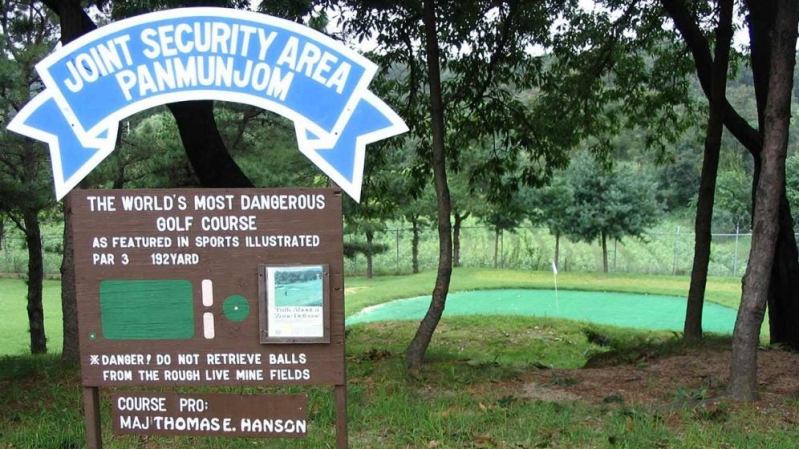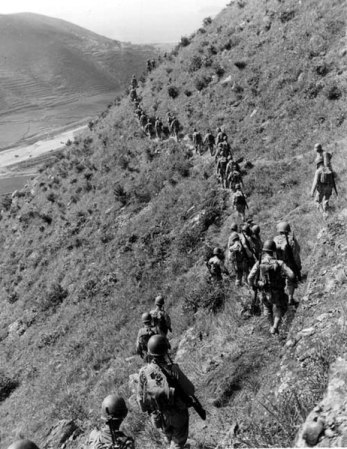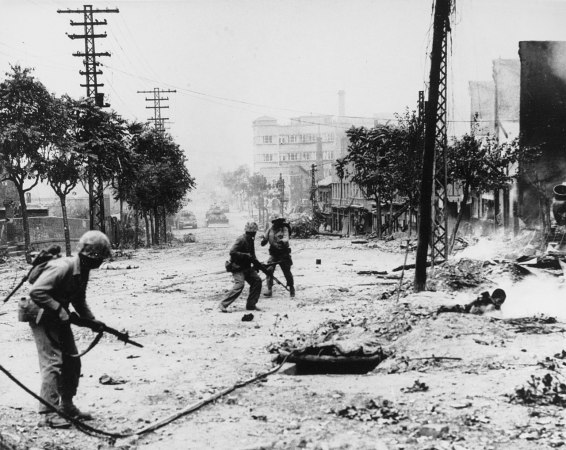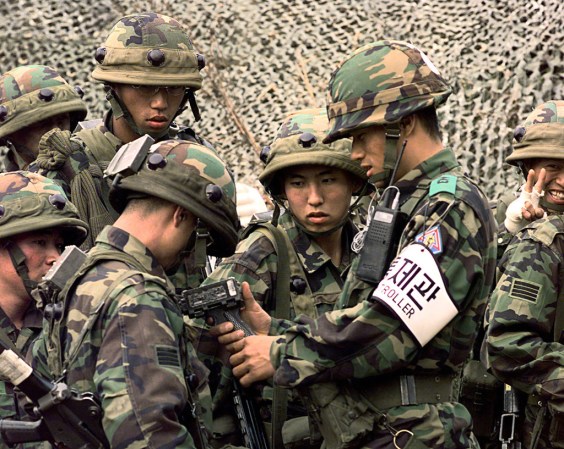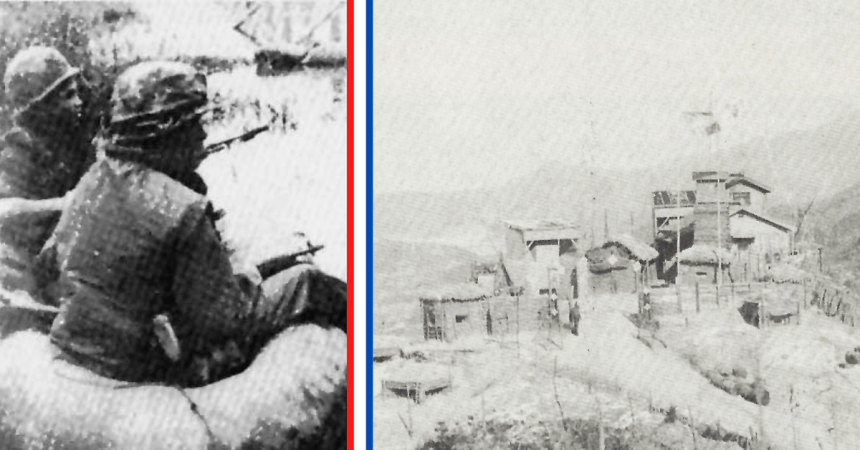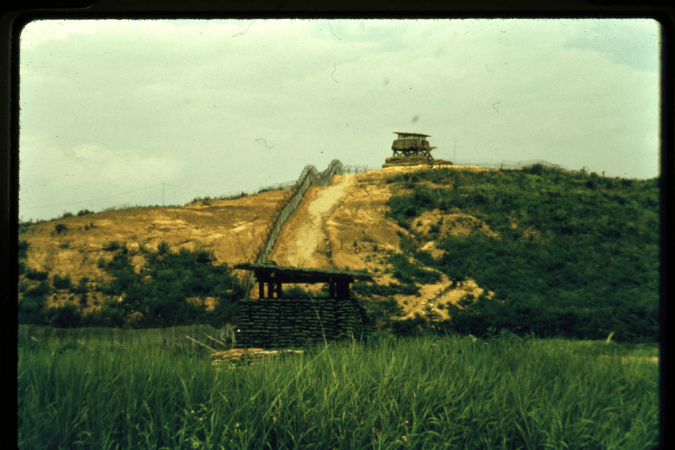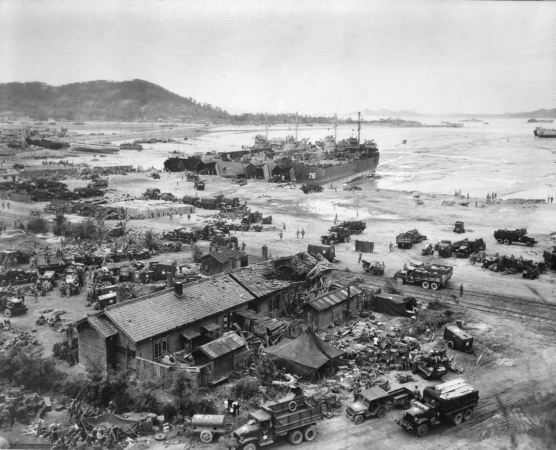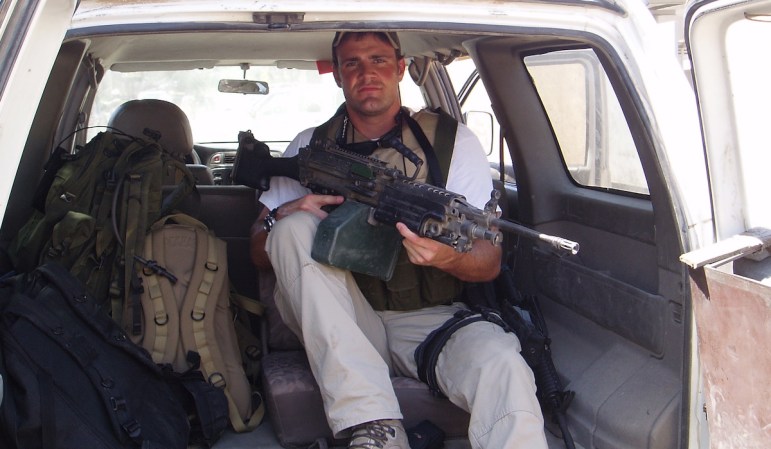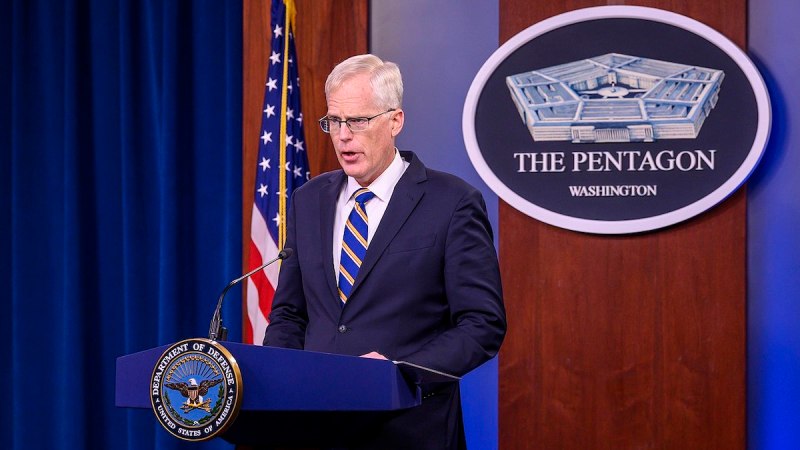The 2.5-mile wide, 148-mile long stretch of land that separates South Korea from North Korea is undoubtedly the most fortified border in the world. Landmines dot the land and each side is ready to destroy the other at a moment’s notice.
The land between them, however, has been untouched by humans for roughly sixty years and, as a result, hosts a unique composition of flora and fauna. With recent peace talks between North and South Korea, this could all be in danger.
Without human intervention, aside from the occasional landmine going off, animals have thrived in the area. Over 91 endangered species have called this unique biome home. You can find everything there from wild cats to Siberian tigers, black bears to red-crowned cranes. This is partly because the DMZ runs across a wide ranges of habitats, which includes mountains, marshes, swamps, and prairies.

(Screengrab via YouTube)
It was first proposed back in 1966 that, after the war ended, it should be turned into a national park. Even in 2005, media mogul Ted Turner visited the region and said, “The DMZ needs to be designated as a World Heritage Site and as a World Peace Park site because we’ve got to preserve it from development.”
The most recent attempts by South Korea to turn the area into an official UNESCO recognized biosphere started in 2011. The North has blocked any and all attempts at the UN because it would “violate their Armistice Agreement.” If the war came to an official end, then the armistice would be kept. Meaning, the world heritage site could be built.

(South Korean Ministry of Culture)
It’s not uncommon for places with several endangered species to become a UNESCO heritage site. Manas Wildlife Sanctuary in the Indian Himalayas is classified as one with 22 endangered species. The “soon-to-be-former” DMZ would logically become one, but this isn’t exactly good news for the animals that are currently there.

(Photo by Johannes Barre)
When the two nations put an end to the war, trade and travel would, presumably, resume, thus segmenting the animals that live there. This happens when interstates and other human interventions are built and separate animals from their natural habitats. This is similar to why Los Angeles has a thriving mountain lion population.
Unless careful precautions are taken to allow animals to freely move across the heritage site while still giving the Korean people access, all the wonders of the DMZ wildlife would be erased quickly.



